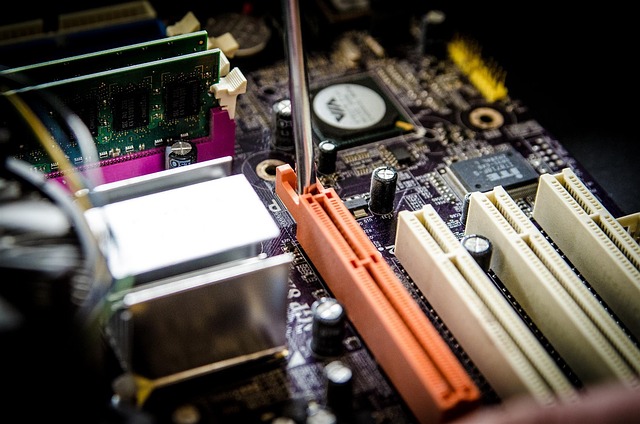
Technology
The Internet may be the most significant communication system today, but the history of telecommunication and its tools goes back much further. Earlier technologies like telephones, photography, and printing also played key roles in connecting people.
Even simple mediums such as paper served as important communication tools. Modern devices like smartphones and messaging applications are just the latest examples in this long line of communication technologies.
Information technology
In the early days of computing, Alan Turing, J. Presper Eckert, and John Mauchly were recognized as key innovators in computer technology during the mid-20th century. Much of their work concentrated on creating the first digital computers.
At the same time, ideas related to artificial intelligence started to emerge, as Turing explored the potential of this new technology. He began raising questions about what machines could achieve during that era.
Stevens institute of technology
In 1784, John Stevens bought the land that is now home to Stevens Institute of Technology through a public auction. He was a Revolutionary War Colonel and served as a member of the Continental Congress.
Stevens also became New Jersey’s first Treasurer and played a key role in establishing American patent law. He was an engineer in steamboats and locomotives and the father of Edwin Stevens.
Blockchain technology
The concept of the first decentralized blockchain was introduced by an individual or group under the name Satoshi Nakamoto in 2008. Nakamoto enhanced the system in a significant way by applying a method similar to Hashcash to timestamp blocks without relying on a trusted intermediary.
They also added a difficulty setting to regulate the speed at which new blocks are created. This mechanism helped maintain a stable and predictable addition of blocks to the chain.
Georgia institute of technology
The committee suggested adopting the Worcester approach, which emphasized blending theoretical learning with practical experience. The model highlighted the importance of applying classroom knowledge in real-world situations.
The practical element involved students working in employment roles and creating goods for consumers. These activities also helped generate income to support the school’s operations.
Rochester institute of technology
In 1966, the federal government chose RIT as the location for the newly established National Technical Institute for the Deaf (NTID). This decision marked a significant milestone in RIT’s history.
NTID welcomed its first group of students in 1968, at the same time RIT moved to its Henrietta campus. The concurrent events highlighted a period of major growth and change for the institution.
Florida institute of technology
In 2003, seven new residence halls were finished. Each hall was named in honor of one of the astronauts who lost their lives in the Space Shuttle Columbia tragedy.
In 2004, Florida Tech received funding from the National Science Foundation to install a 24-inch telescope. The telescope was placed on top of the recently completed F.W. Olin Physical Sciences Center.
Massachusetts institute of technology
MIT was casually referred to as “Boston Tech.” The school modeled itself after European polytechnic universities and focused on hands-on laboratory training from the beginning.
Although it often faced financial difficulties, the institute expanded during the final twenty years of the 19th century under President Francis Amasa Walker. This period marked a significant phase of growth and development for the institution.
Technology news today
iPhones are not only popular among high-end consumers, but they also have a strong presence in the refurbished market, with over 60% of buyers showing interest in joining the premiumisation trend, stated Mandeep Manocha, Co-founder and CEO of Cashify.
In 2025, the demand for refurbished phones is shifting from entry-level options toward mid-range and premium categories. Buyers are increasingly seeking quality devices with a premium feel, reflecting changing market preferences.
Micron technology
In 2000, Gurtej Singh Sandhu and Trung T. Doan at Micron began work on atomic layer deposition of high-k films for DRAM devices. Their efforts focused on advancing memory technology through precise thin-film deposition techniques.
This innovation enabled more cost-efficient production of semiconductor memory, initially applied to 90 nm DRAM nodes. It played a key role in scaling memory technology while controlling manufacturing expenses.




